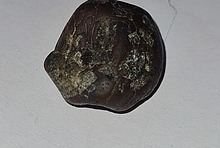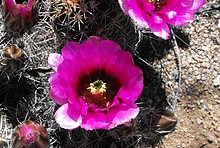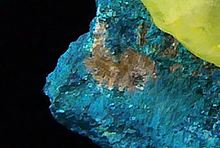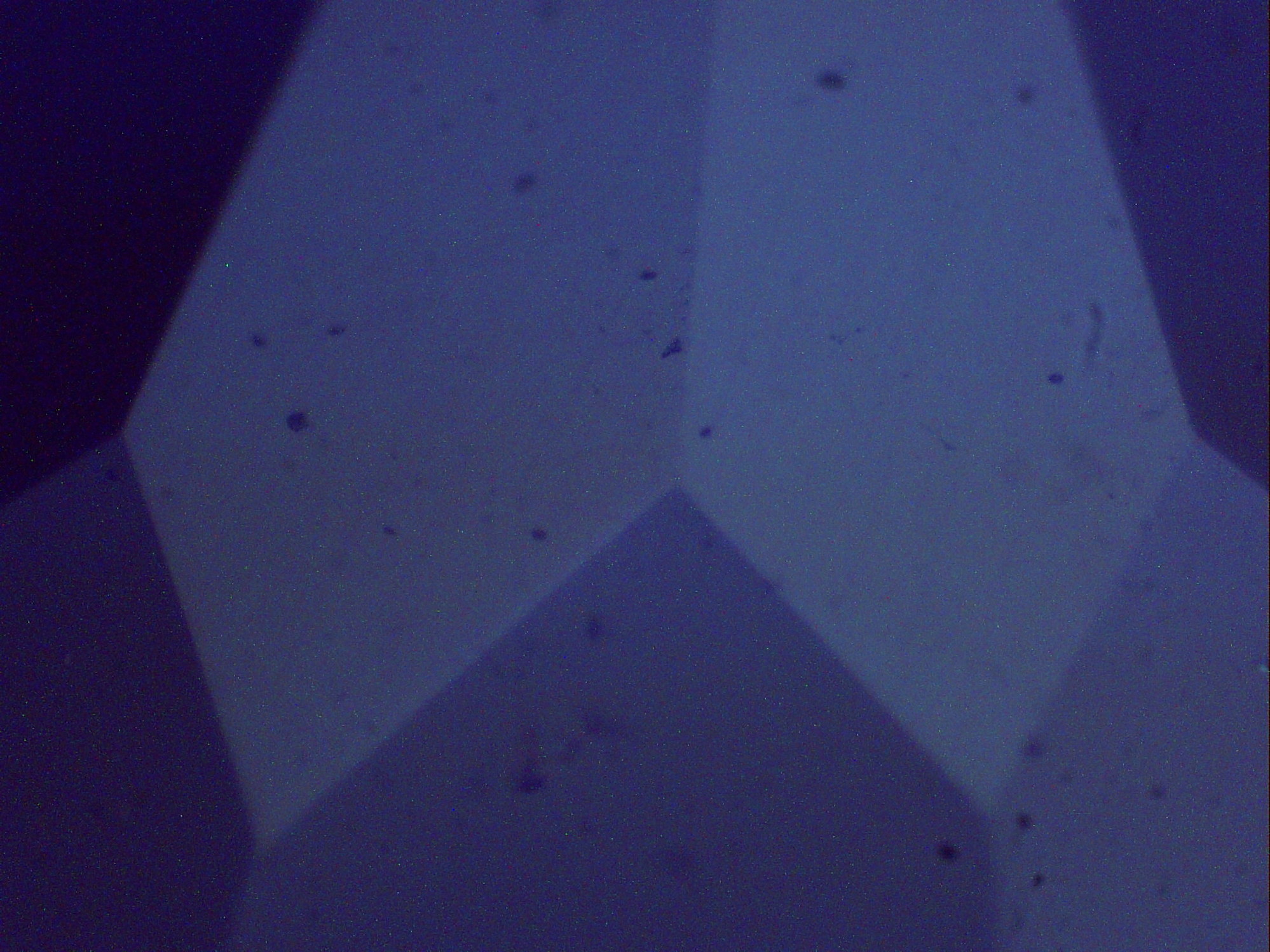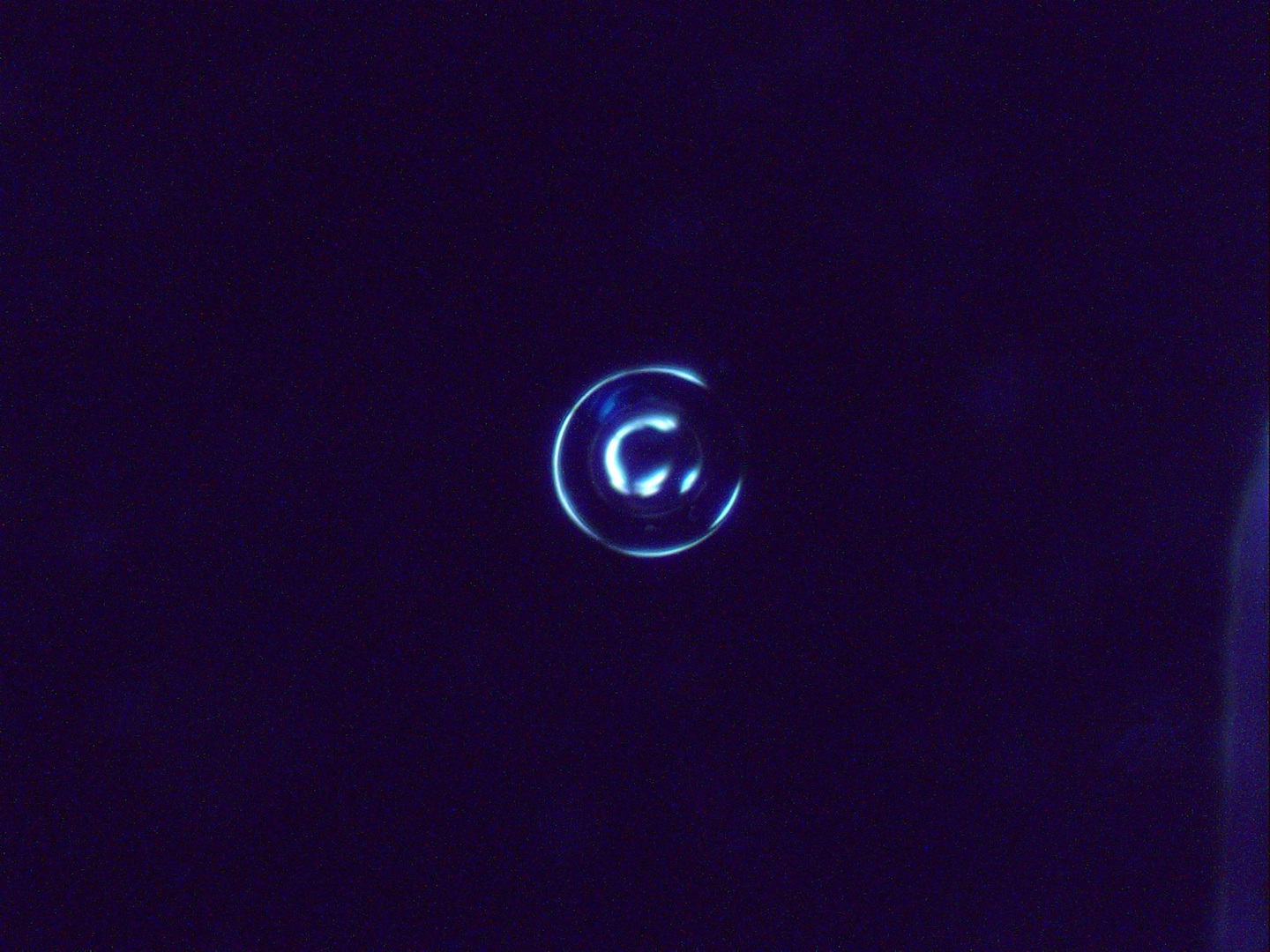Home PageAbout MindatThe Mindat ManualHistory of MindatCopyright StatusWho We AreContact UsAdvertise on Mindat
Donate to MindatCorporate SponsorshipSponsor a PageSponsored PagesMindat AdvertisersAdvertise on Mindat
Learning CenterWhat is a mineral?The most common minerals on earthInformation for EducatorsMindat ArticlesThe ElementsThe Rock H. Currier Digital LibraryGeologic Time
Minerals by PropertiesMinerals by ChemistryAdvanced Locality SearchRandom MineralRandom LocalitySearch by minIDLocalities Near MeSearch ArticlesSearch GlossaryMore Search Options
The Mindat ManualAdd a New PhotoRate PhotosLocality Edit ReportCoordinate Completion ReportAdd Glossary Item
Mining CompaniesStatisticsUsersMineral MuseumsClubs & OrganizationsMineral Shows & EventsThe Mindat DirectoryDevice SettingsThe Mineral Quiz
Photo SearchPhoto GalleriesSearch by ColorNew Photos TodayNew Photos YesterdayMembers' Photo GalleriesPast Photo of the Day GalleryPhotography
╳Discussions
💬 Home🔎 Search📅 LatestGroups
EducationOpen discussion area.Fakes & FraudsOpen discussion area.Field CollectingOpen discussion area.FossilsOpen discussion area.Gems and GemologyOpen discussion area.GeneralOpen discussion area.How to ContributeOpen discussion area.Identity HelpOpen discussion area.Improving Mindat.orgOpen discussion area.LocalitiesOpen discussion area.Lost and Stolen SpecimensOpen discussion area.MarketplaceOpen discussion area.MeteoritesOpen discussion area.Mindat ProductsOpen discussion area.Mineral ExchangesOpen discussion area.Mineral PhotographyOpen discussion area.Mineral ShowsOpen discussion area.Mineralogical ClassificationOpen discussion area.Mineralogy CourseOpen discussion area.MineralsOpen discussion area.Minerals and MuseumsOpen discussion area.PhotosOpen discussion area.Techniques for CollectorsOpen discussion area.The Rock H. Currier Digital LibraryOpen discussion area.UV MineralsOpen discussion area.Recent Images in Discussions
Fakes & Fraudshi

1st Oct 2013 16:48 UTCAntonios Karatosios
1st Oct 2013 18:29 UTCAdam Kelly
On top of that educate yourself, and cross check your references.
Good luck,
Adam K
3rd Nov 2013 16:36 UTCOwen Lewis
Language can be a problem. What do you consider to be 'natural'? Others may not always use the same meaning in connection with gemstones.
As you know, the mineral species is corundum (Al2O3). Most corundum is not beautiful and is used commercially as as an abrasive. Corundum that has beauty is considered to be a gemstone and, if red in colour is called ruby and if any other colour (including colourless) is called sapphire. Like for like, ruby is more valuable that sapphire and, of all the sapphire colours, colourless is the least valuable of all. That said, top quality natural sapphires have a retail price of USD xxxx per carat and upwards.
To me, and to many others a 'natural' sapphire is a corundum crystal grown as a geological process. A natural sapphire may or may not have high quality. Most do not. Then there are sapphires made in a workshop by one of several much faster industrial processes. These sapphires are called 'synthetic' but are in every sense as real - as genuine - at sapphires created by a geological process. Confusingly, the quality of synthetic sapphire is generally much higher that the quality of most natural sapphire - but it is also (when described honestly) much cheaper - because people prefer strongly to own the natural product.
As said. most natural sapphire is not very good-looking and, throughout recorded history, has been treated or 'enhanced' to improve its appearance after the stone has been mined and graded. There is a range of possible treatments, all of which aim to improve the appearance of the natural stone. The effects range from making a sapphire of only 'run-of-the-mill' gem quality into one of outstanding quality, to filling a rotten crystal with so much molten glass that most of what is bought is glass and not sapphire.
The effect on a stone's value from the various treatments is an expert area. It ranges from little/none in the case of gentle heat treatment to a substantial reduction in selling price for stones more drastically treated. Chanthaburi is possibly the main world centre for the enhancement or other treatment of corundum.
So what grade of natural sapphire do you want? Are you sure that buying direct from a Bangkok or Chanthaburi dealer will get you the best deal for a top quality natural stone? And what price per carat weight are you budgeting to buy at?
Wherever in the world, one buys 'safely' through either having a great deal of knowledge oneself or using a trusted agent who has such knowledge. A key part of this knowledge is knowing dealers, their skill and reputation. The less the knowledge at one's disposal, the higher the price one can expect to pay for 'safety' in one's purchases.
.

8th Mar 2014 13:17 UTCAntonios Karatosios
8th Mar 2014 15:37 UTCOwen Lewis
1. The natural colour of pure sapphire is colourless! Strictly, pink sapphire should be called ruby, on scientific grounds, but the trade still prefers to call it pink sapphire. All other coloured sapphire, blue/green/purple/orange/yellow /padparadcha etc result from impurities present in small proportion in the crystal lattice and some physical process to stimulate colour change in the impurity. The two processes of such change found in nature are heat and gamma radiation.
2. The most common post-mining treatment of sapphire is also the application of heat. Where the heating is at high temperature (as is required to improve the colour of some sapphire from grey to good blue), it is usually the case that internal damage to the crystal caused by the heating and very slow cooling in a natural process can be distinguished from damage similarly caused by the short, sharp heating of post-mining application of heat.
3. Where a color change results from gamma radiation pre-mining, it can often but by no means always be be distinguished from sapphire exposed to such radiation post-mining. This is because where the irradiation is 'natural' there are often traces of the radioactive element present in an 'untreated' sapphire. There will be no radioactive material present in a sapphire 'colour-adjusted' by irradiation from a source external to the crystal - but that can happen in nature as well.
4. Belief that 'Kashmir' sapphires cannot have been heat treated is sadly misplaced. The blue in sapphire requires the presence in the crystal of traces of iron and titanium. Where the balance between these two impurities is in the desired proportion and high heat is applied both the Fe and Ti change their ionic states by the shifting of electrons from one to another. The geographic locality or origin has no effect on this process other than to make such a colour change more or less likely to occur in the presence of heat. ALL BLUE SAPPHIRES form only as a result of heating. The simple heat treatment of sapphire post-mining can be considered as simply finishing a natural process that nature left incomplete.
5. If you are buying good looking 'star sapphire' retail and for as little as two bucks a carat, be very careful. Most of the nice-looking stuff at that price level is not sapphire at all but is some imitant (e.g. glass). What tests are you using to ensure that you have sapphire?
Here's a pic of a pretty blue stone. Sapphire or glass? A clue is present in this pic; what's the tell-tale? Other and less subtle clues to prove the case will follow if you try to spot this one and say what you think it is.

9th Mar 2014 08:45 UTCAntonios Karatosios
9th Mar 2014 11:17 UTCOwen Lewis
Just a couple more points.
Some treatments, some of the time, are effectively undetectable. So what do you propose?
The international trade rules do not require all treatments in every case to be declared by a dealer. So what do you propose?
Is it more important to worry about whether a sapphire has been heated post-mining - or whether your blue stone is sapphire, glass or something like (heated) tanzanite, spinel or kyanite?
The cost of getting a serious opinion at to whether or not some stones have been treated or not is simply out of proportion to the cost of the stone, So what do you propose? If you learn to do it yourself, you have somewhere between a 10,000 and 500,000 investment in equipment (never mind the costs of training and gaining experience to interpret correctly the output of the instruments). So what do you propose?
You say that the some issuers of certificates than you specify lie. Have to proof of this or do you repeat the opinions of others as you may have read/heard them?
Ruby is different from sapphire essentially because it is the only variety of corundum in which the colour is derived by a ligand field effect.
If one buys good quality cut and polished sapphire for USD XX per ct - or less and it is good quality sapphire, stake your life of the fact that it has been treated in one of more ways. The heat treatment of sapphire (and some other gems) is a matter of routine with only the very best being being sorted out for special handling. The fact that you pay USD XXXX per ct will not of itself guarantee that a fine stone is untreated but that's only price level at which you are in with a fighting chance.
Now, you want to say whether my picture is of a blue sapphire or not (and why)? :)-D

9th Mar 2014 14:28 UTCAntonios Karatosios
I know that the tanzanite is heated but the spinel and kyanite are not heated. Generally, I am against the heat treatment both sapphires and other gemstones. Do you means that it is less reckless to buy a ruby than a sapphire??? I know that the most rubies also heated. However, there are some Indian star rubies and cabochon that are never heated. Are you agree??? I notice on your photo that the sapphire looks like laboratory created or lead glass filled because it is too perfect in order to is untreated.... Did I do true comment???
10th Mar 2014 02:35 UTCOwen Lewis
We are muddling up different thoughts.
- Yes, virtually all tanzanite is heat treated. That said, I was fortunate enough to pick up an 11 ct ct untreated at auction recently as a bargain (the vendor and auctioneer had not spotted that it was untreated. Amazing. A once-in-10 year real coup!
- My point was that I think it more important to be able to tell tanzanite (heated), blue spinel and and kyanite from sapphire than it is to fuss overly about whether and how a sapphire has been heat treated. As said, heating (and/or pressure) is the way by which all sapphire becomes blue.That said, there are many with loud voices who do not think as I do.
- Ruby/sapphire and relative safety in buying. Hard to make a good comparison, As said, mid-range priced sapphire should be expected to be heated as a matter of routine and (like tanzanite) only outstanding specimens avoiding this treatment. This treatment is known to be over 2,000 years old. However, good-ish ruby is only sometimes heat treated
- to dissolve some inclusions, especially rutile, and thus to improve the clarity and value of the pieces. Heat plays no part in the way ruby (or pink sapphire) come to have its colour. However, in the last 20-30 years particularly, a large quantity of very poor quality ruby, unsaleable because of cracks, fissures and other cavities is being 'healed' by being filled with lead glass before being finally cut and polished. This produced a saleable item though there can be more glass than ruby in a specimen. Cr*p quality sapphire is glass-filled .in the same way. So, you need to be careful, though for slightly different reasons, which ever you are buying.
The picture.... This is glass 99+% coloured by cobalt. - and very pretty it is when worn - but, like all glass it scratches and chips easily and does not go on looking good for more than a few wearings. For the telltale, look at the five facets closest to the camera that are relecting light falling on them, partly acting as mirrors to reflect white incident light to the camera's lens. Look carefully, and you can see faint blue speckles.These are surface reaching particles of the cobalt colouring compound that are exposed on the polished surface. These spots to not reflect the white incident light and just show as blue spots. Here's a higher magnification shot that makes the point absolutely clear that this specimen needs more checking.
Turn it over and still examining through the microscope, and now using what is called 'dark-field' lighting from below the stone, it is easy to see that it contains bubbles (not ever found in naturally formed crystals). there is one main at 12 o'clock from the centre of the table and a whole squadron of them at one o'clock near the girdle. Thou can also see traces of polishing lines left on pavilion facets of the soft glass.
And here's a closeup of the main bubble towards the centre of the table, a 'copy-book' example of an air bubble in glass.
My point here is that too many retail customers (and some trade buyers too) expend too much energy on discussing the evil of treatments that they and in some cases no one can detect. Time better spent in learning to recognise at a glance, with no more than a pocket light and a loupe, many imitations (fakes) and lousy quality material being passed held together with glass or plastic.

13th Mar 2014 11:14 UTCcascaillou




Mindat.org is an outreach project of the Hudson Institute of Mineralogy, a 501(c)(3) not-for-profit organization.
Copyright © mindat.org and the Hudson Institute of Mineralogy 1993-2024, except where stated. Most political location boundaries are © OpenStreetMap contributors. Mindat.org relies on the contributions of thousands of members and supporters. Founded in 2000 by Jolyon Ralph.
Privacy Policy - Terms & Conditions - Contact Us / DMCA issues - Report a bug/vulnerability Current server date and time: April 18, 2024 11:07:14
Copyright © mindat.org and the Hudson Institute of Mineralogy 1993-2024, except where stated. Most political location boundaries are © OpenStreetMap contributors. Mindat.org relies on the contributions of thousands of members and supporters. Founded in 2000 by Jolyon Ralph.
Privacy Policy - Terms & Conditions - Contact Us / DMCA issues - Report a bug/vulnerability Current server date and time: April 18, 2024 11:07:14
